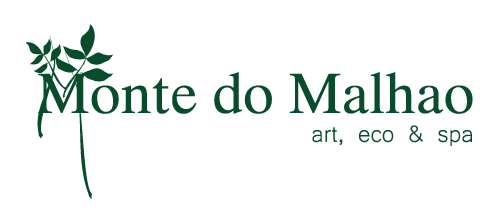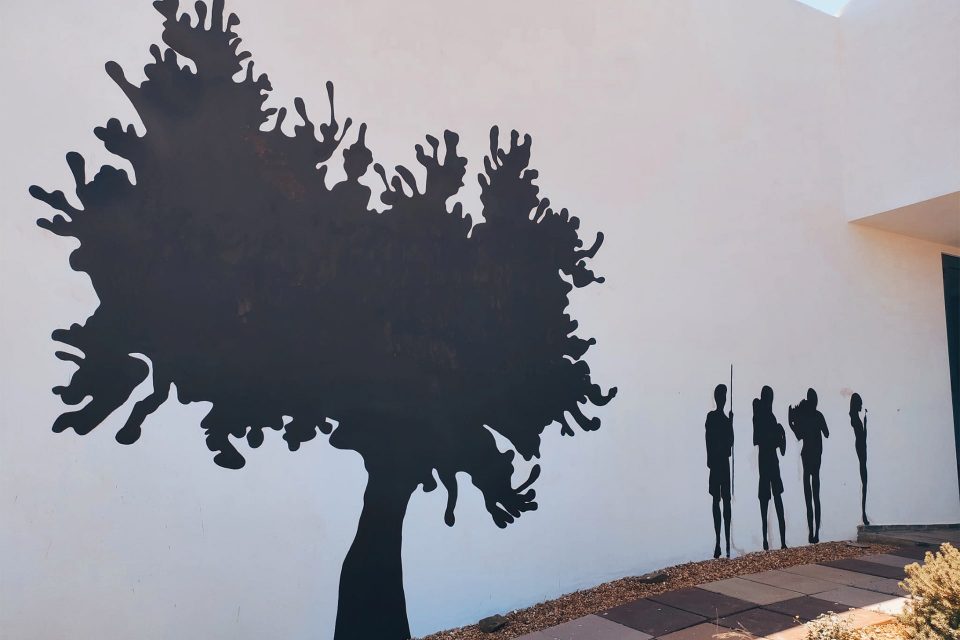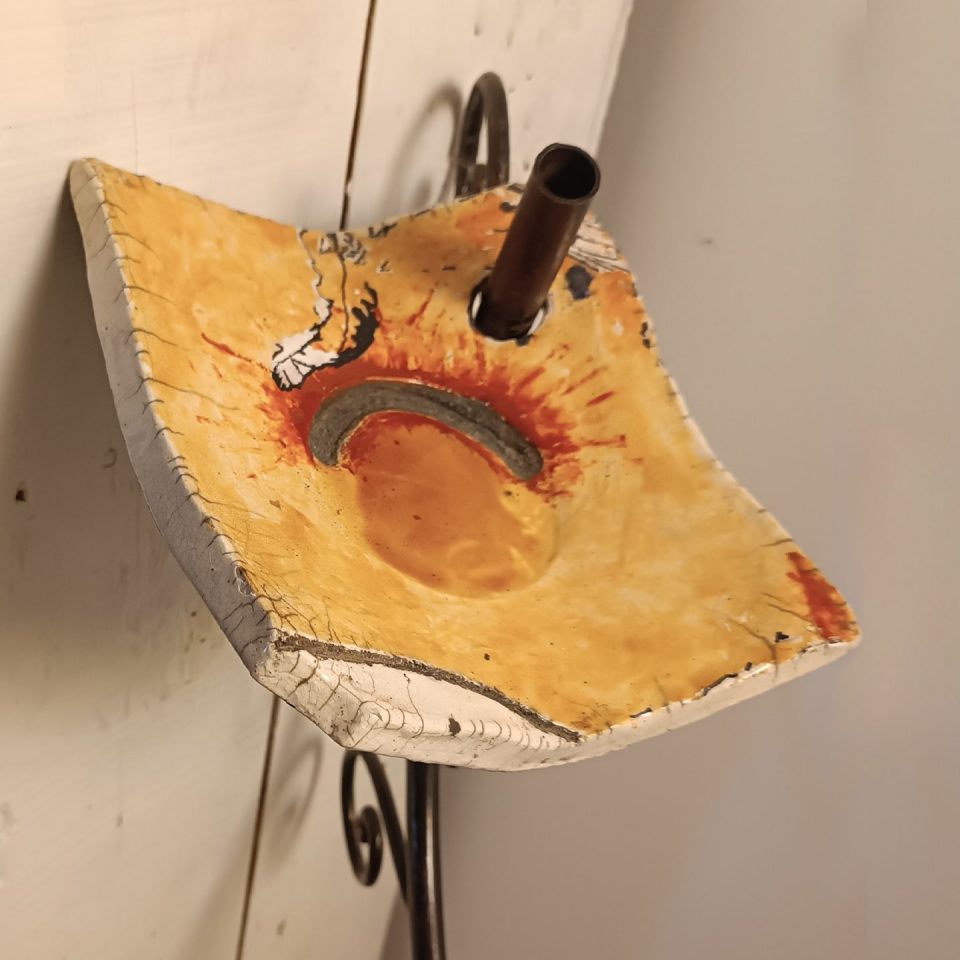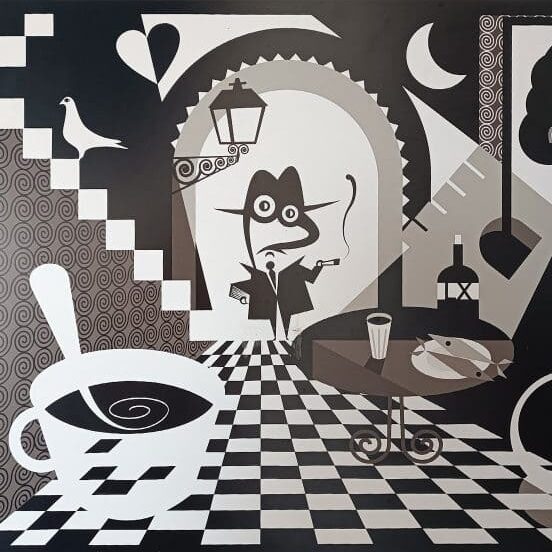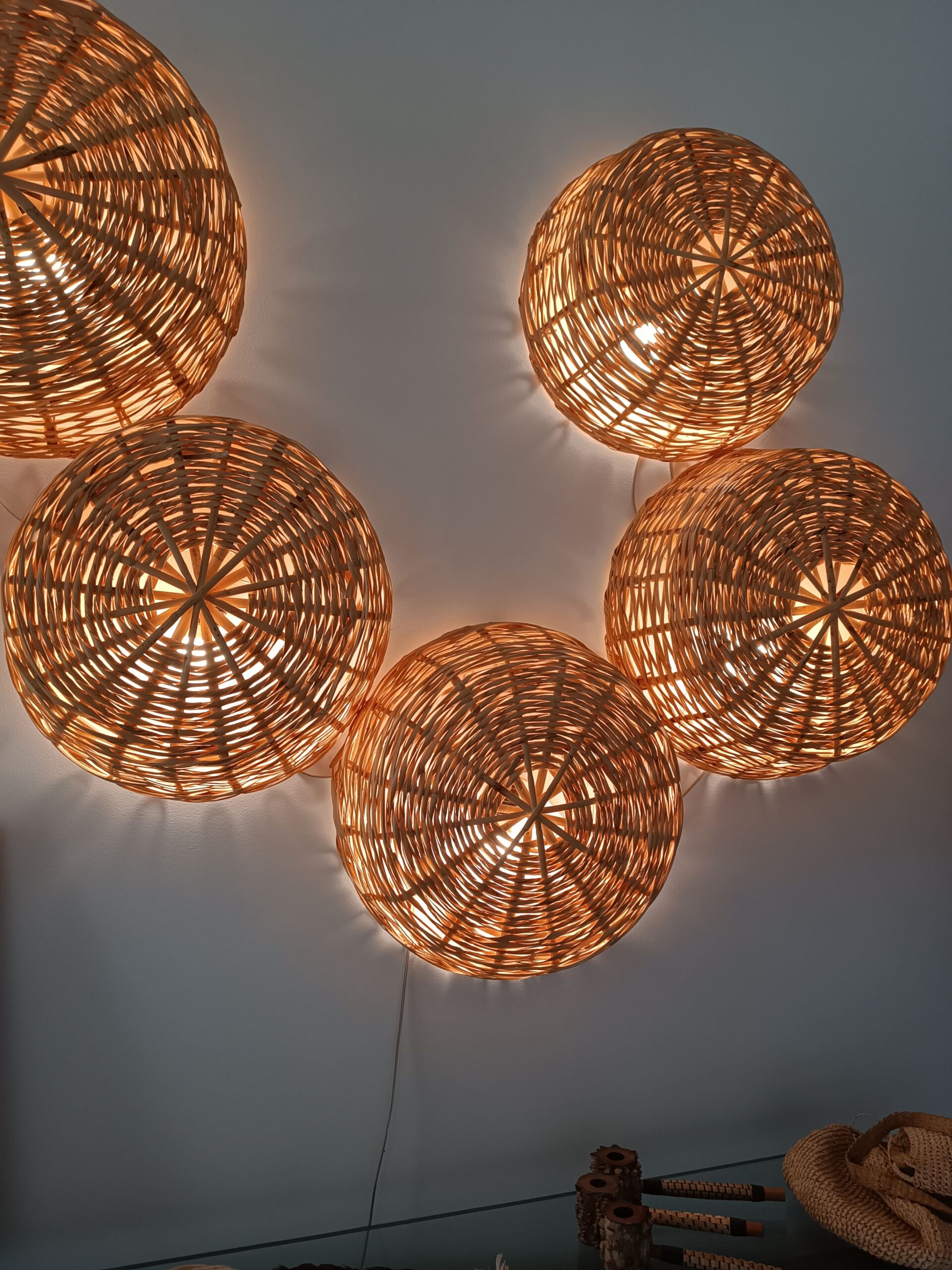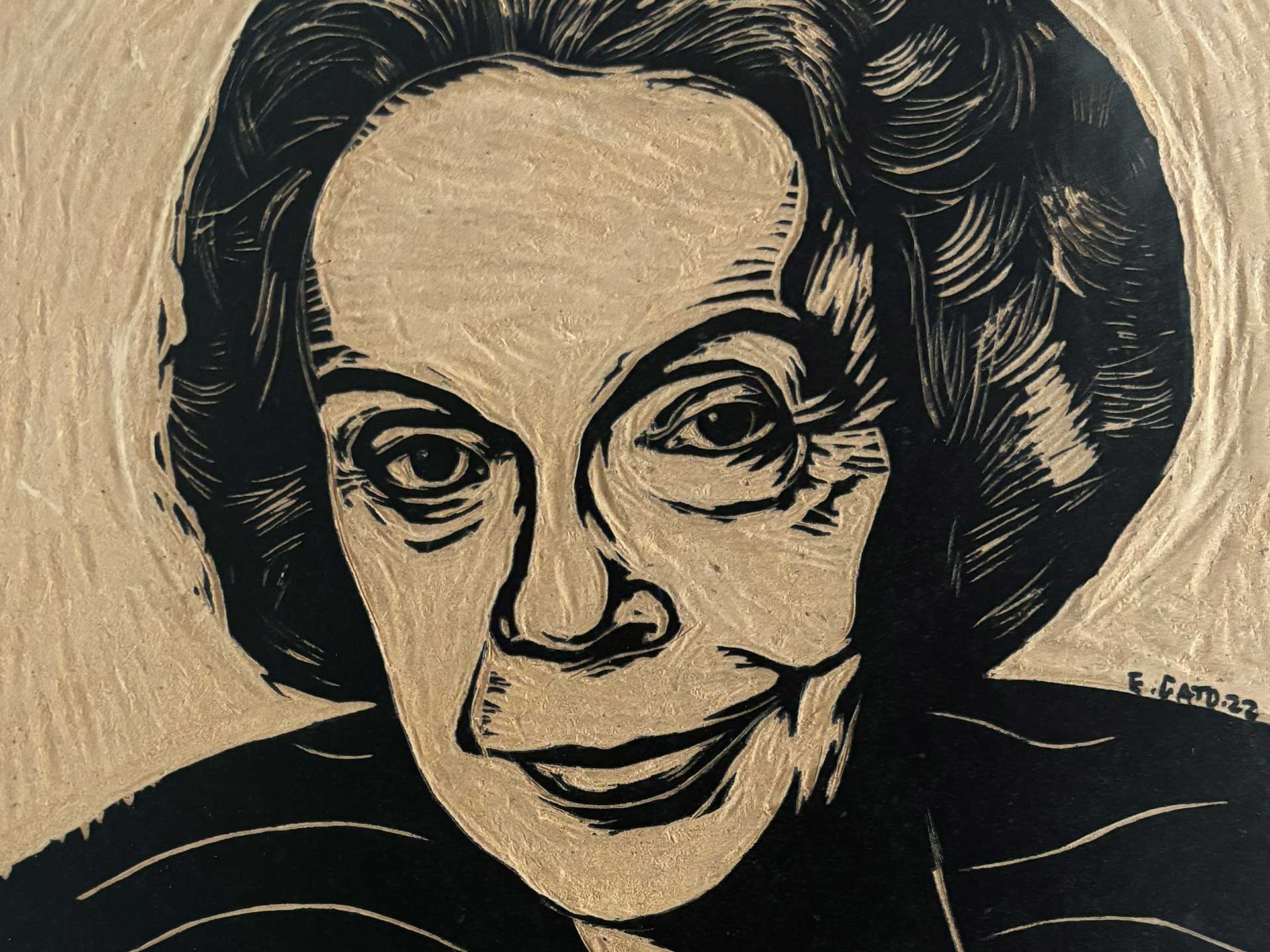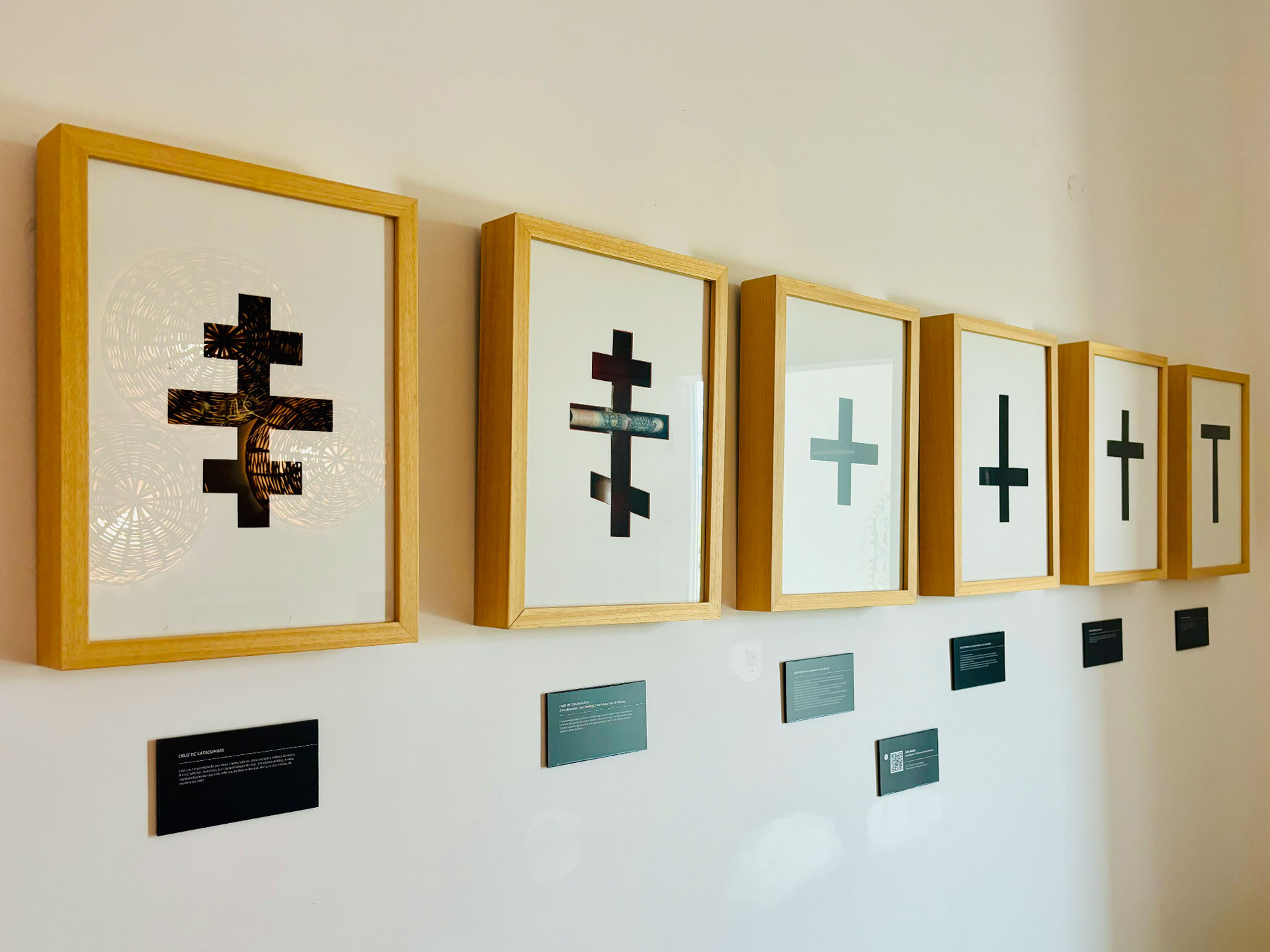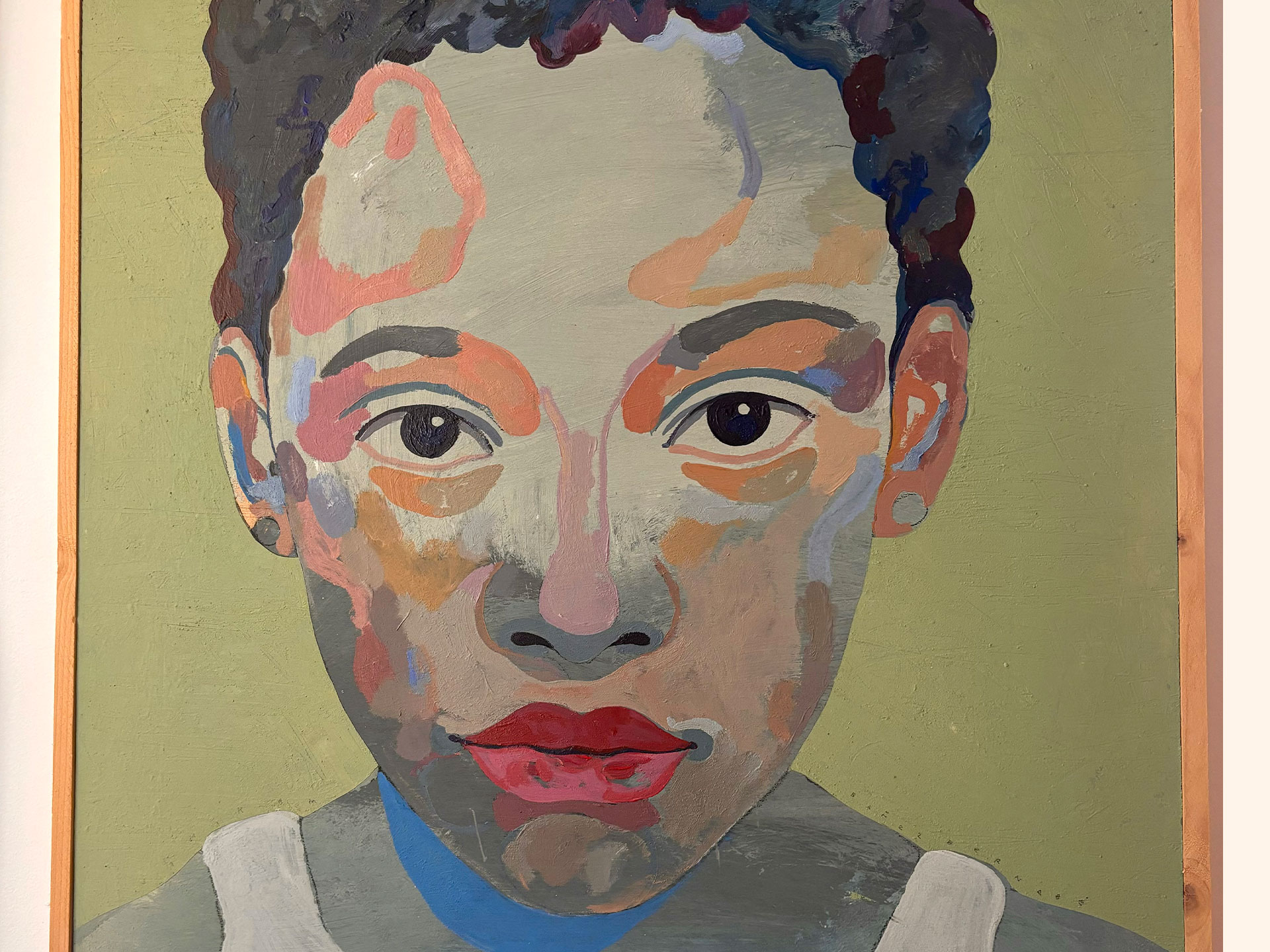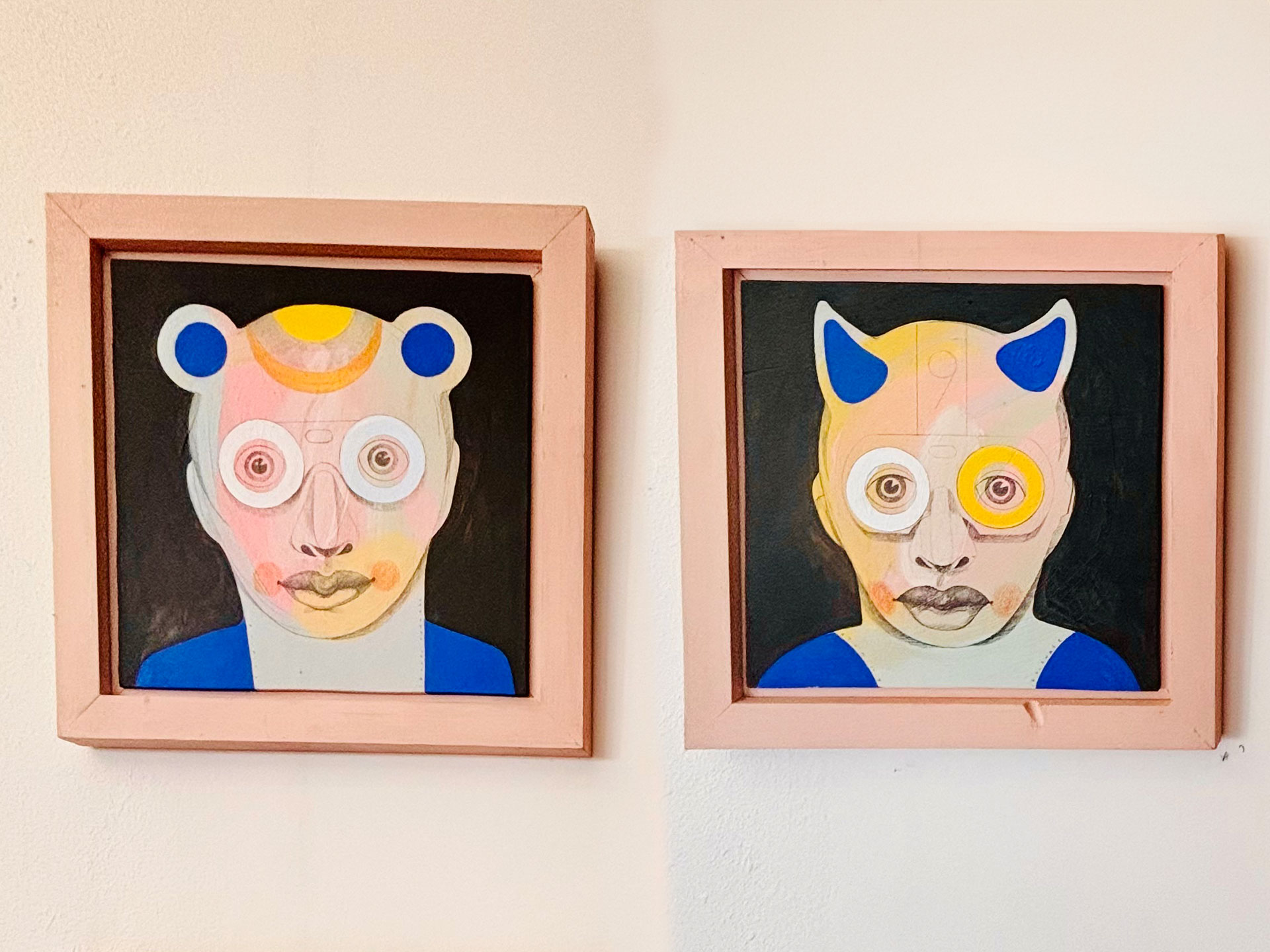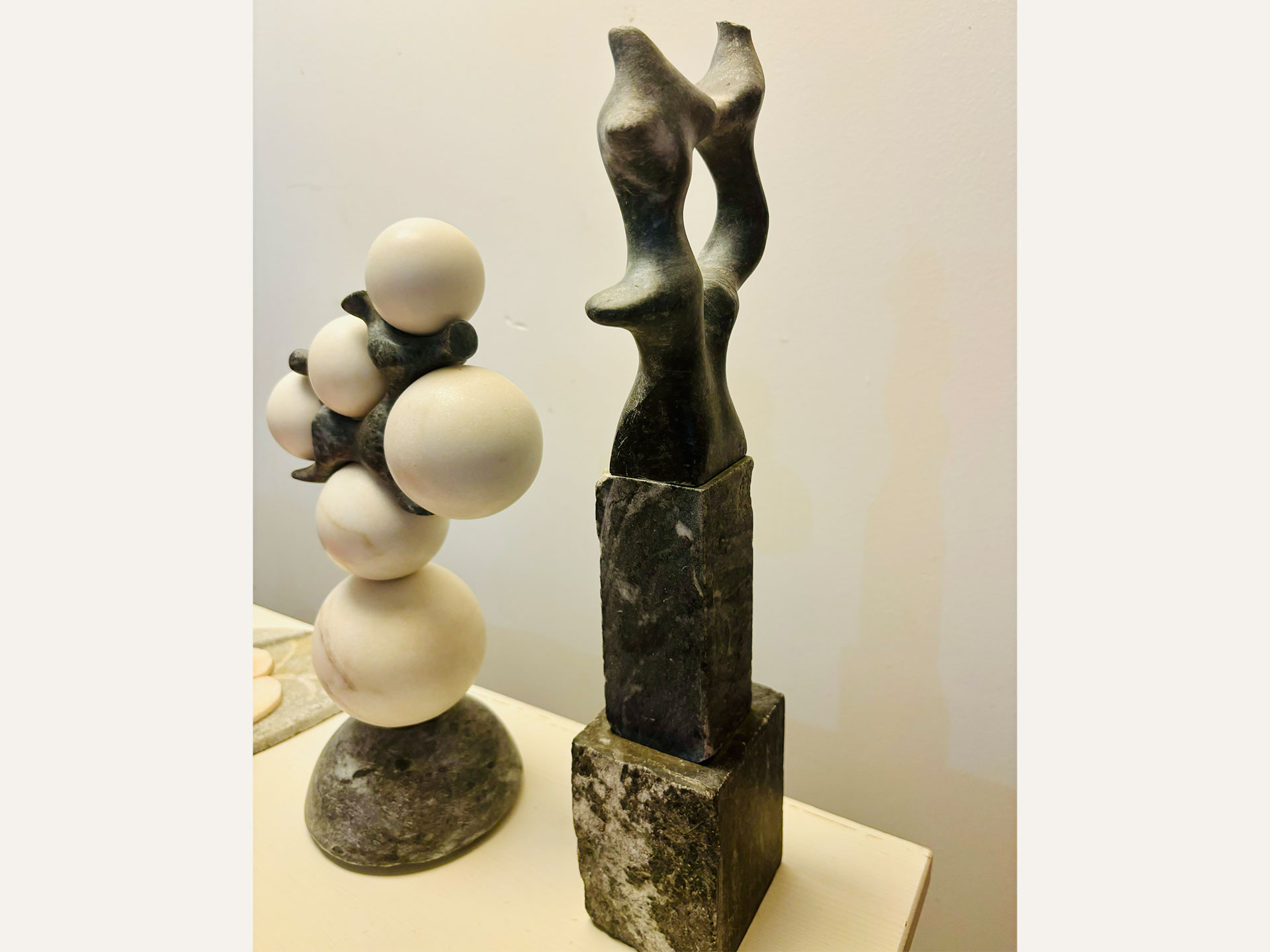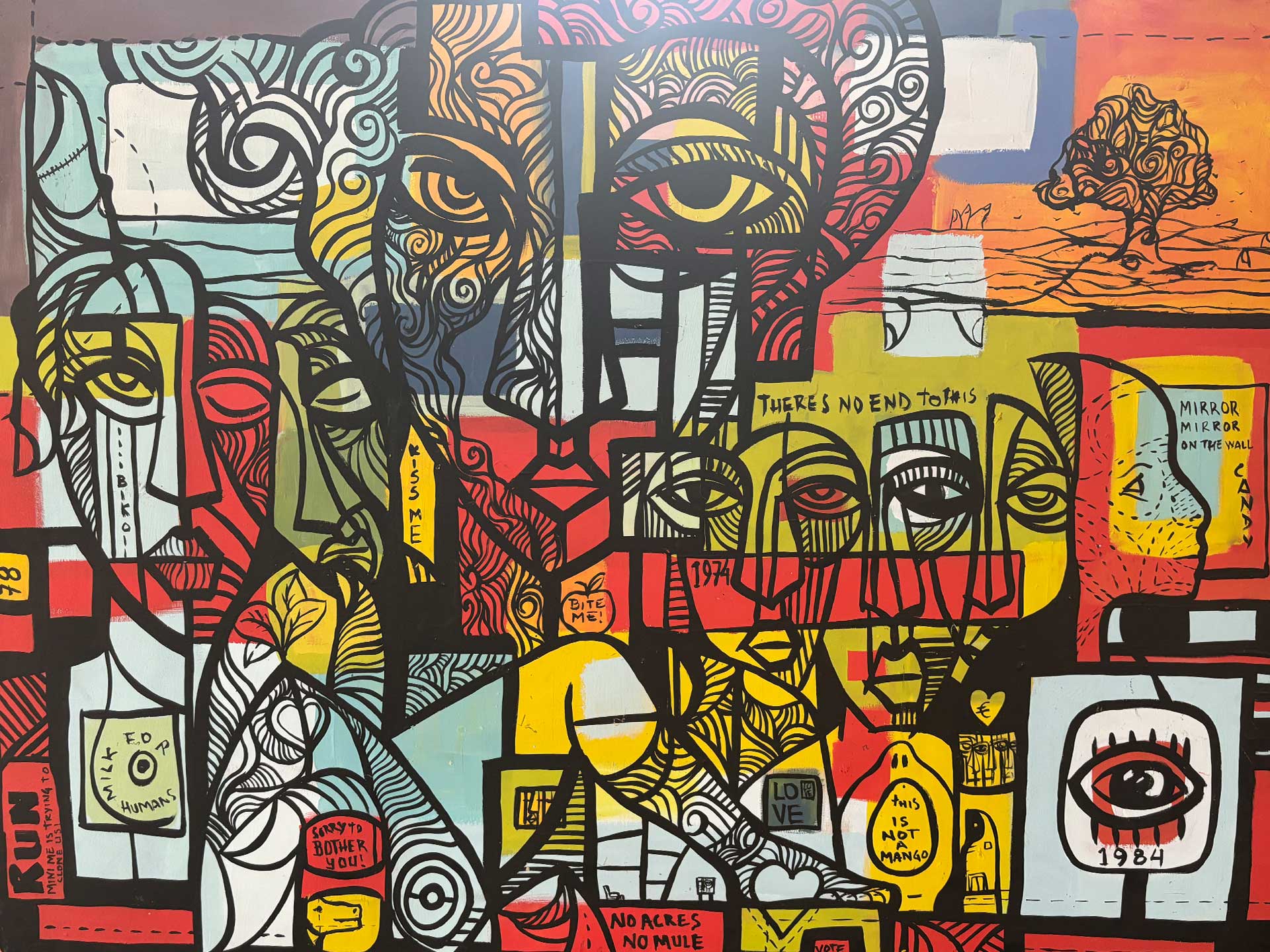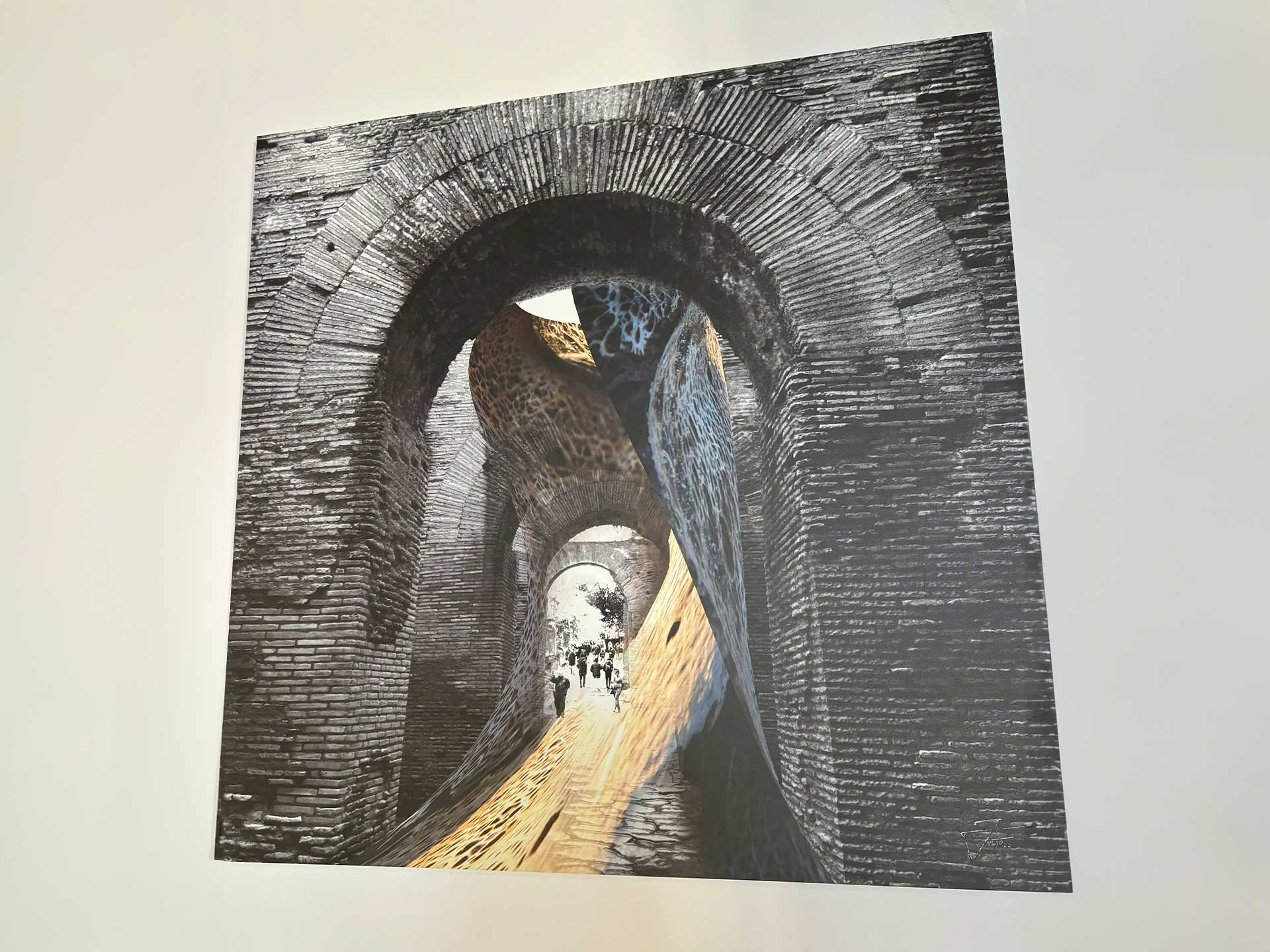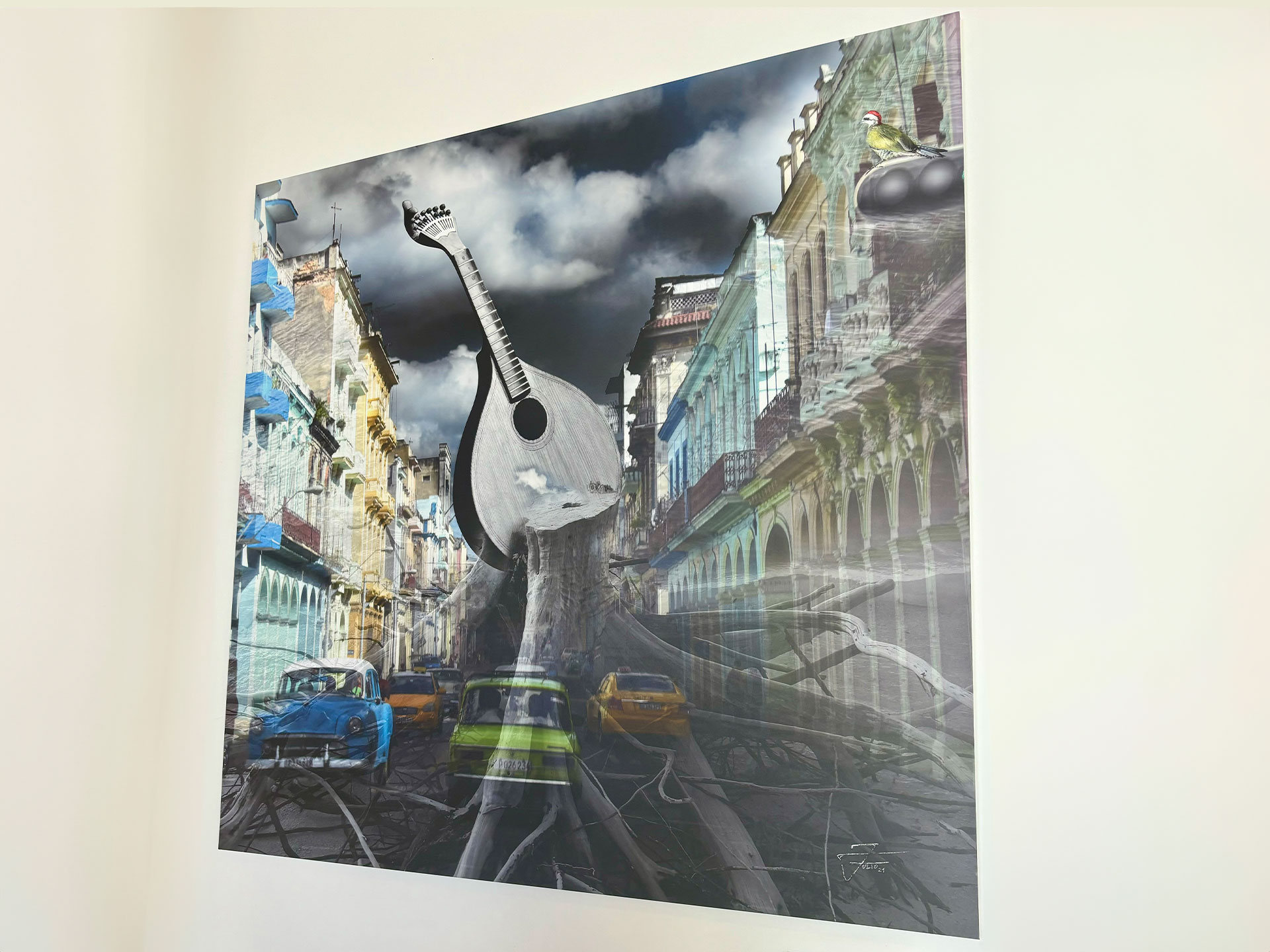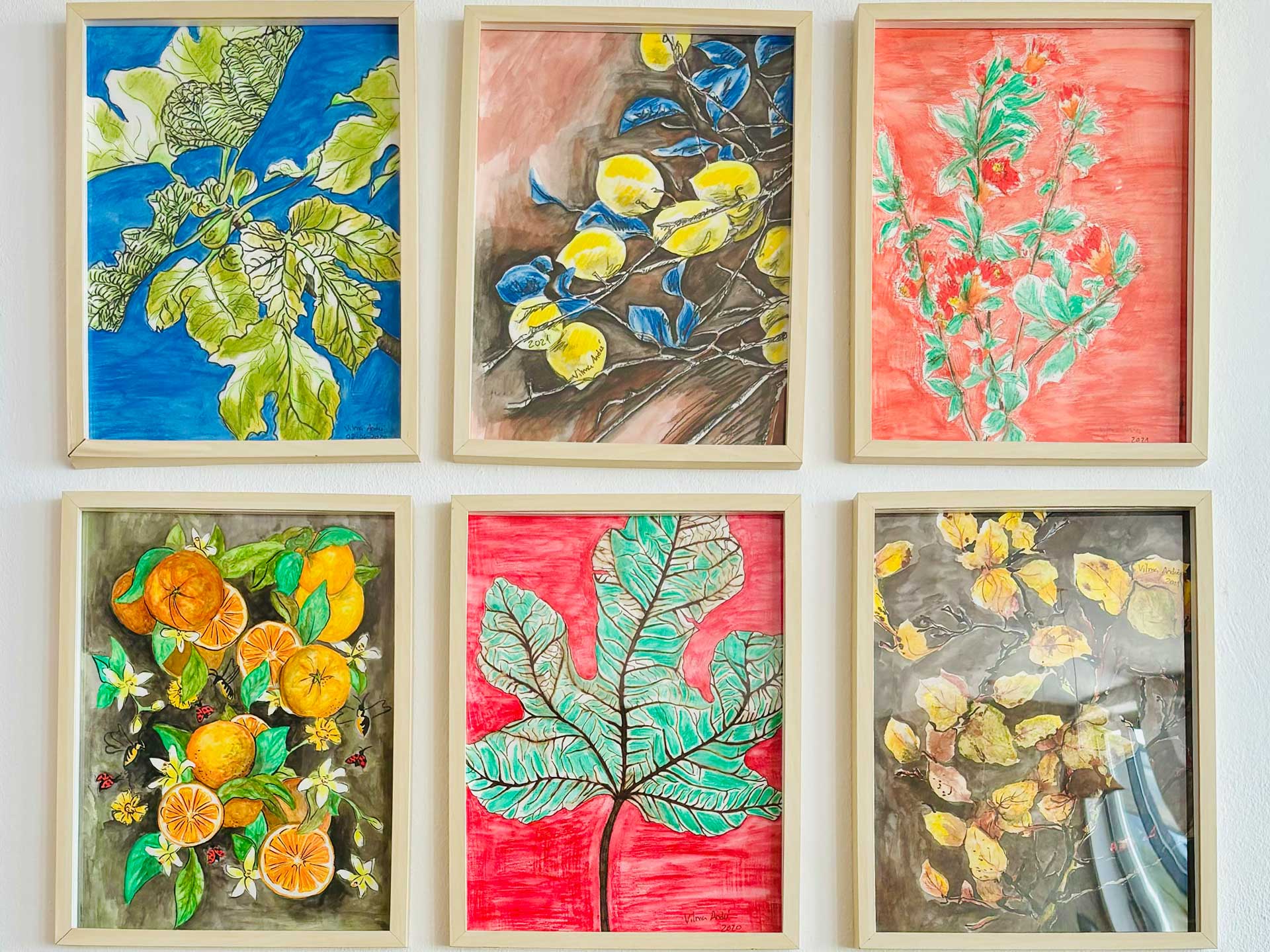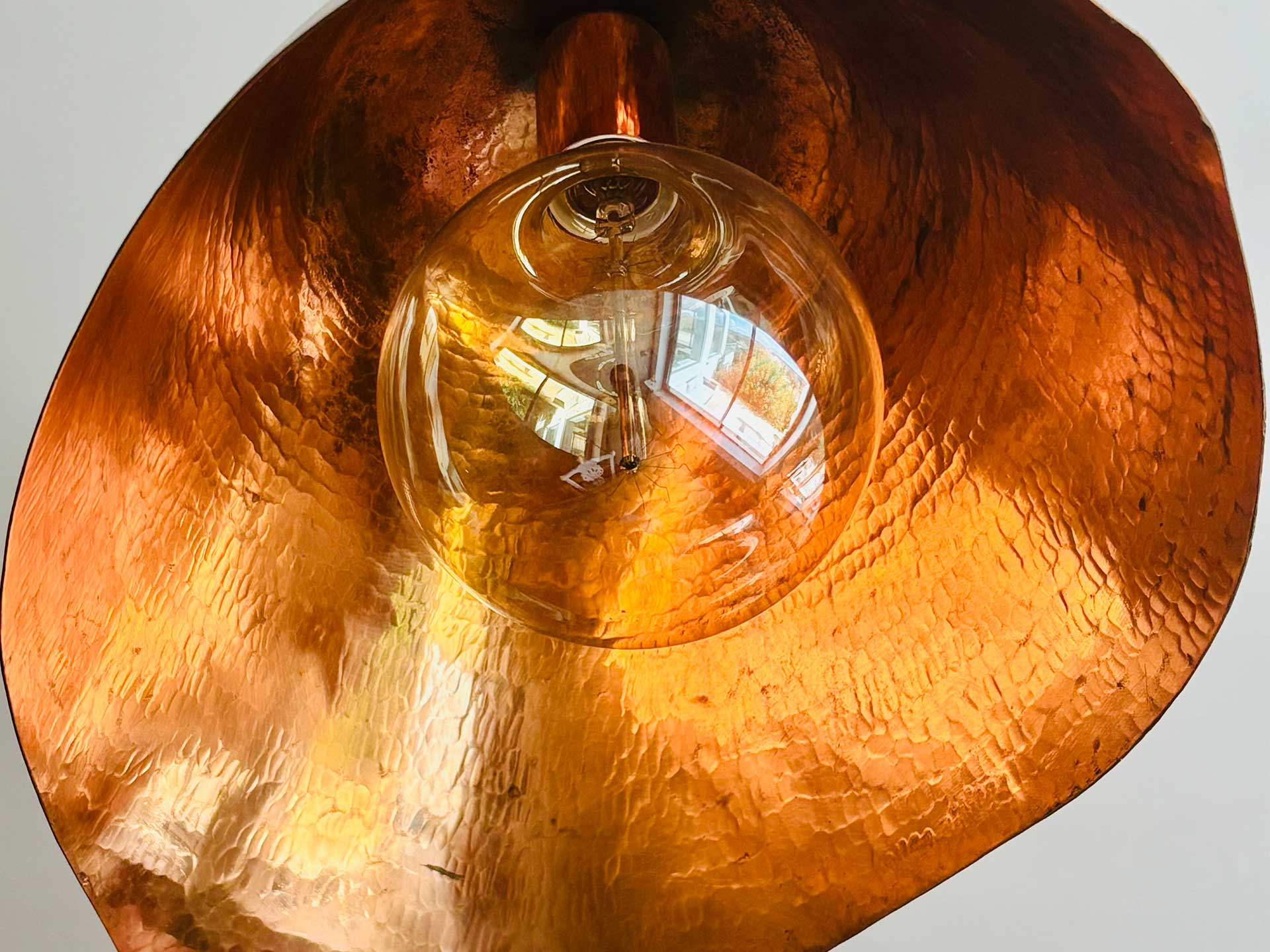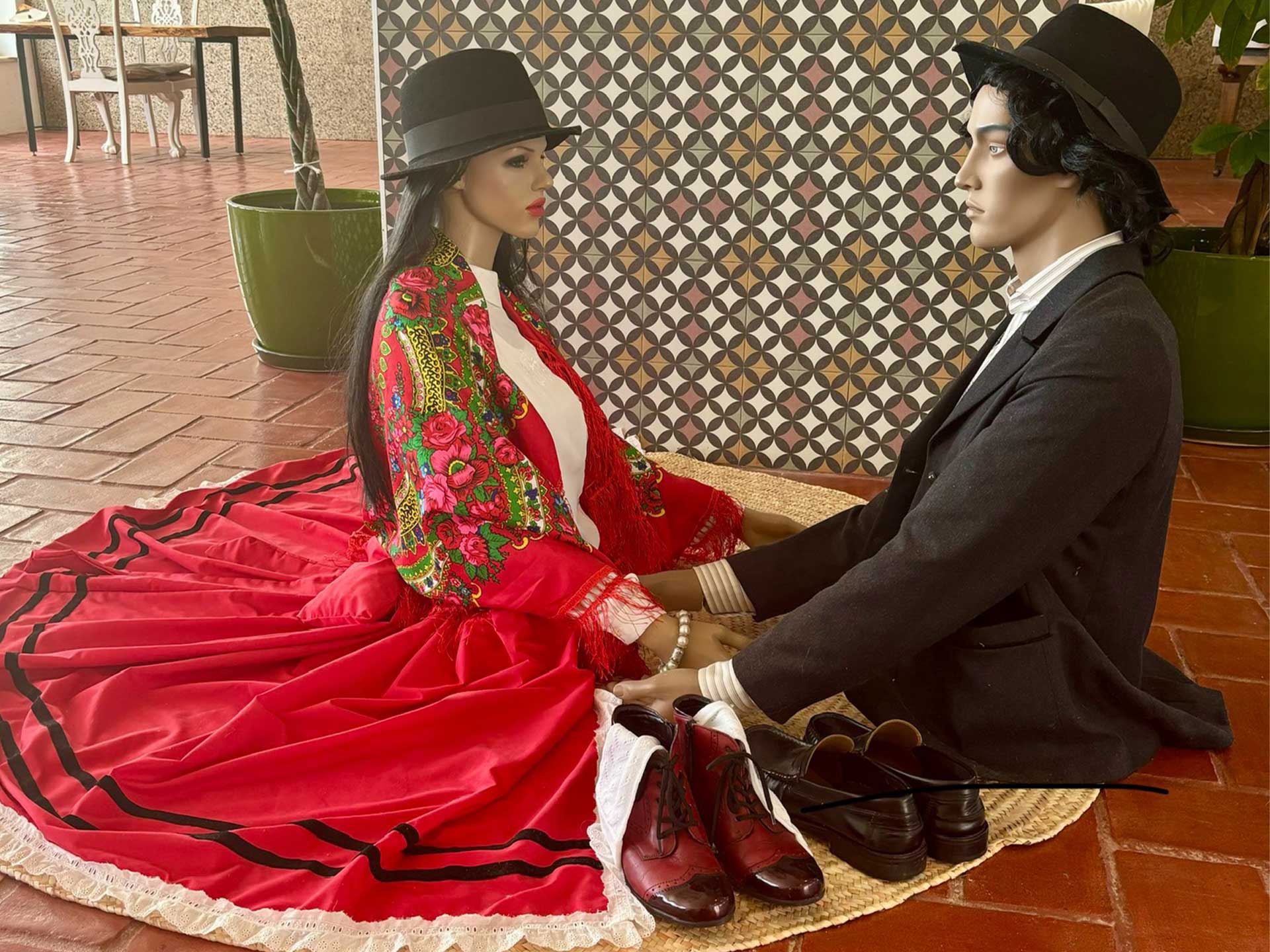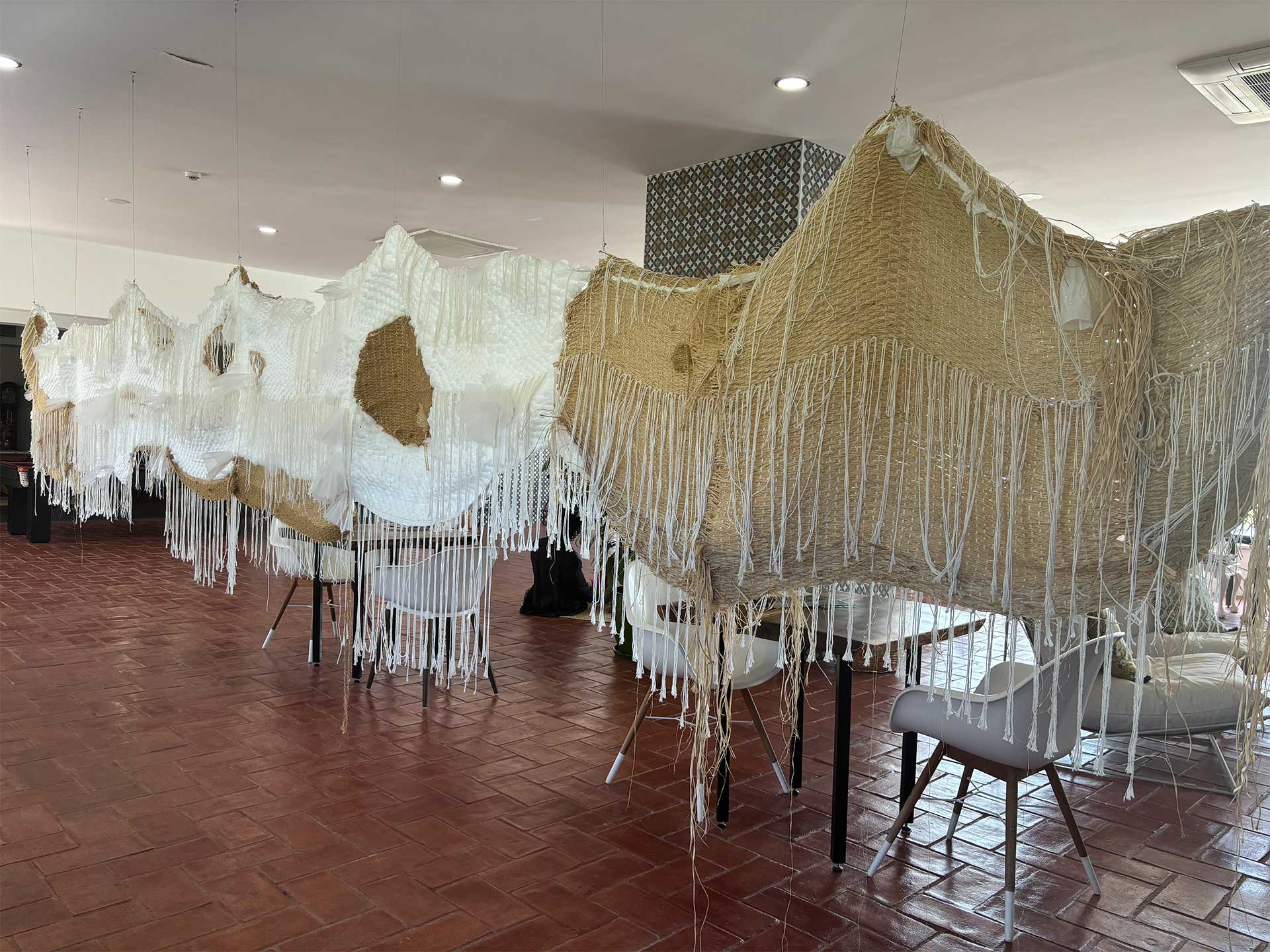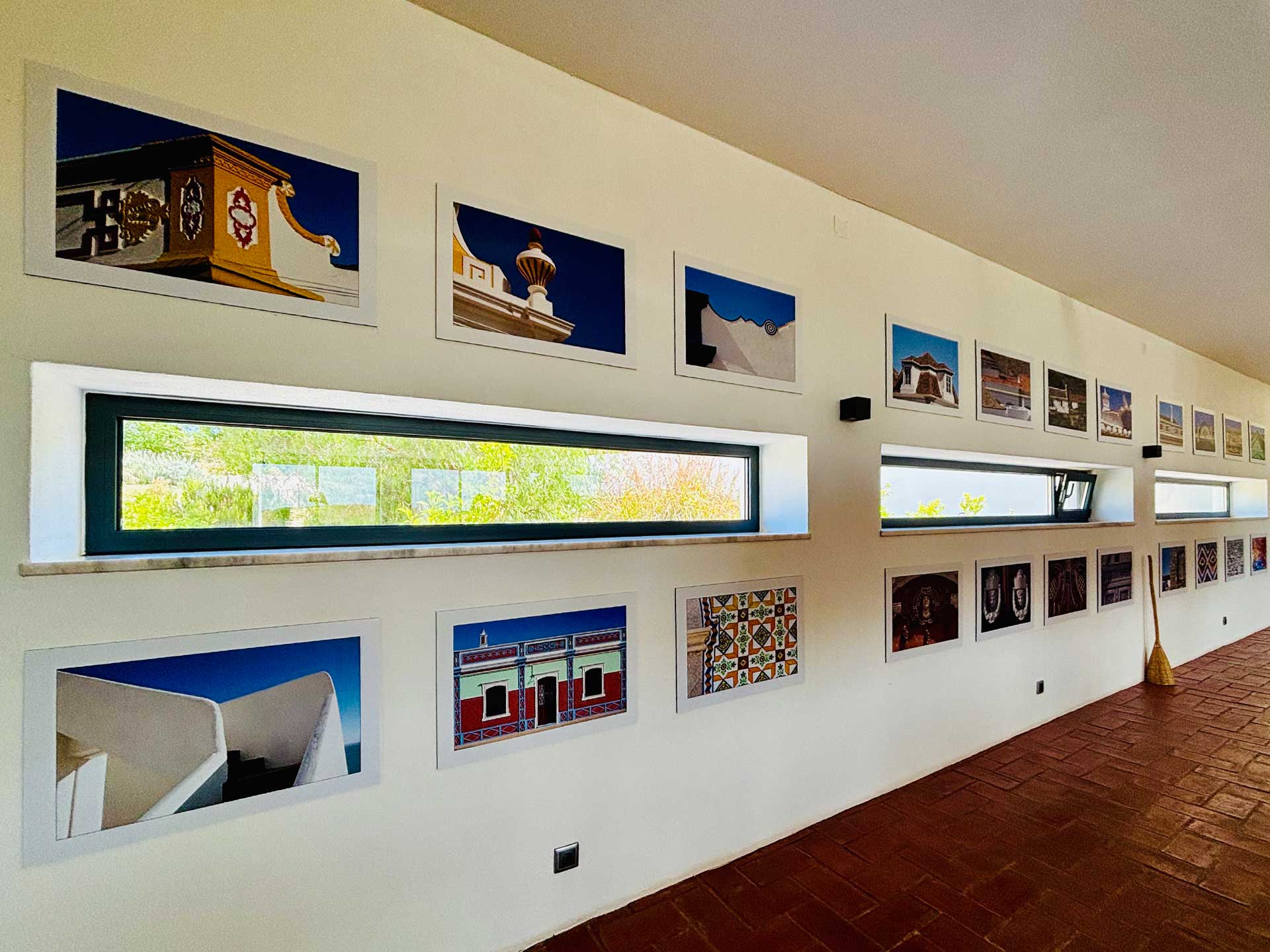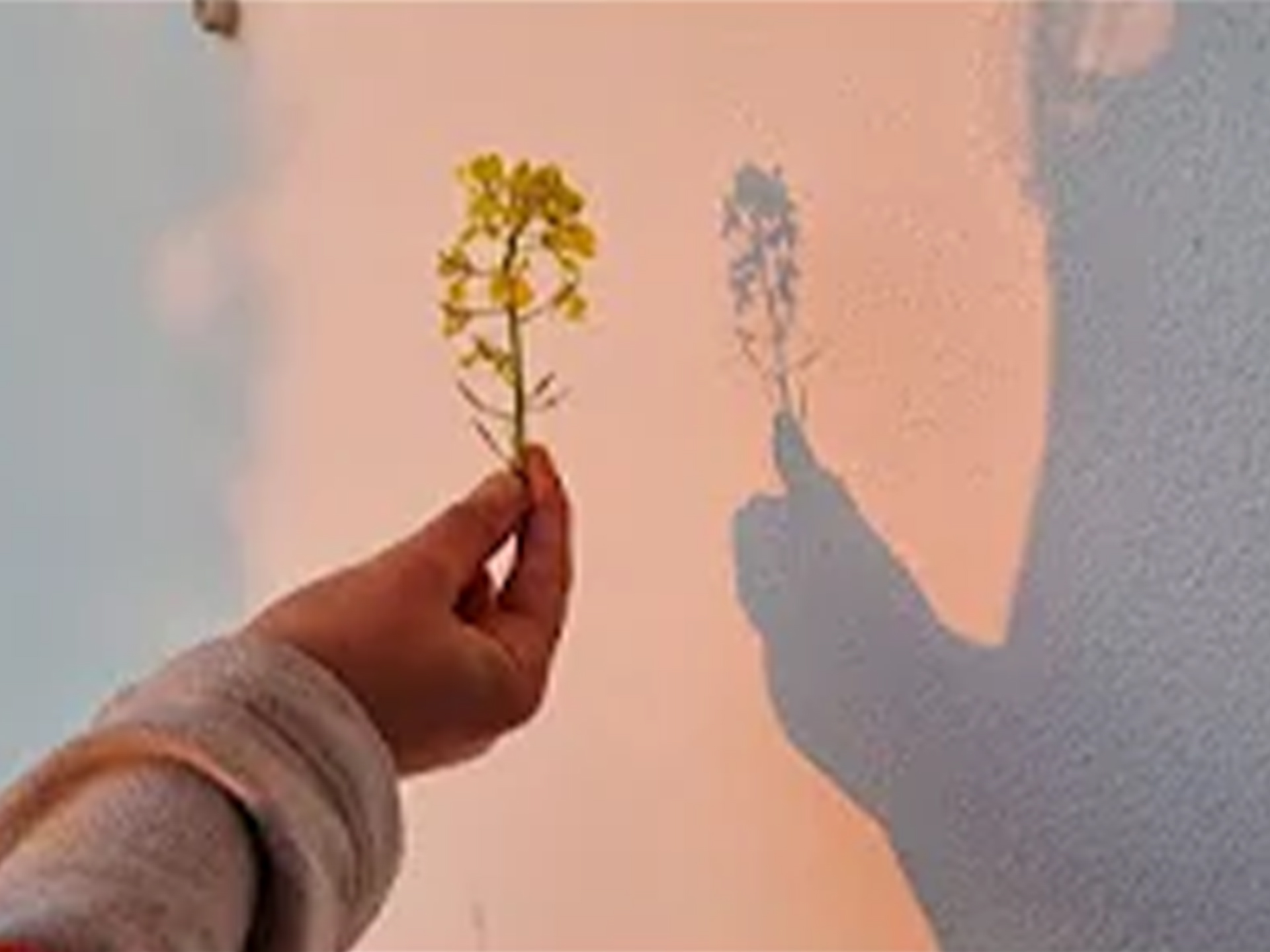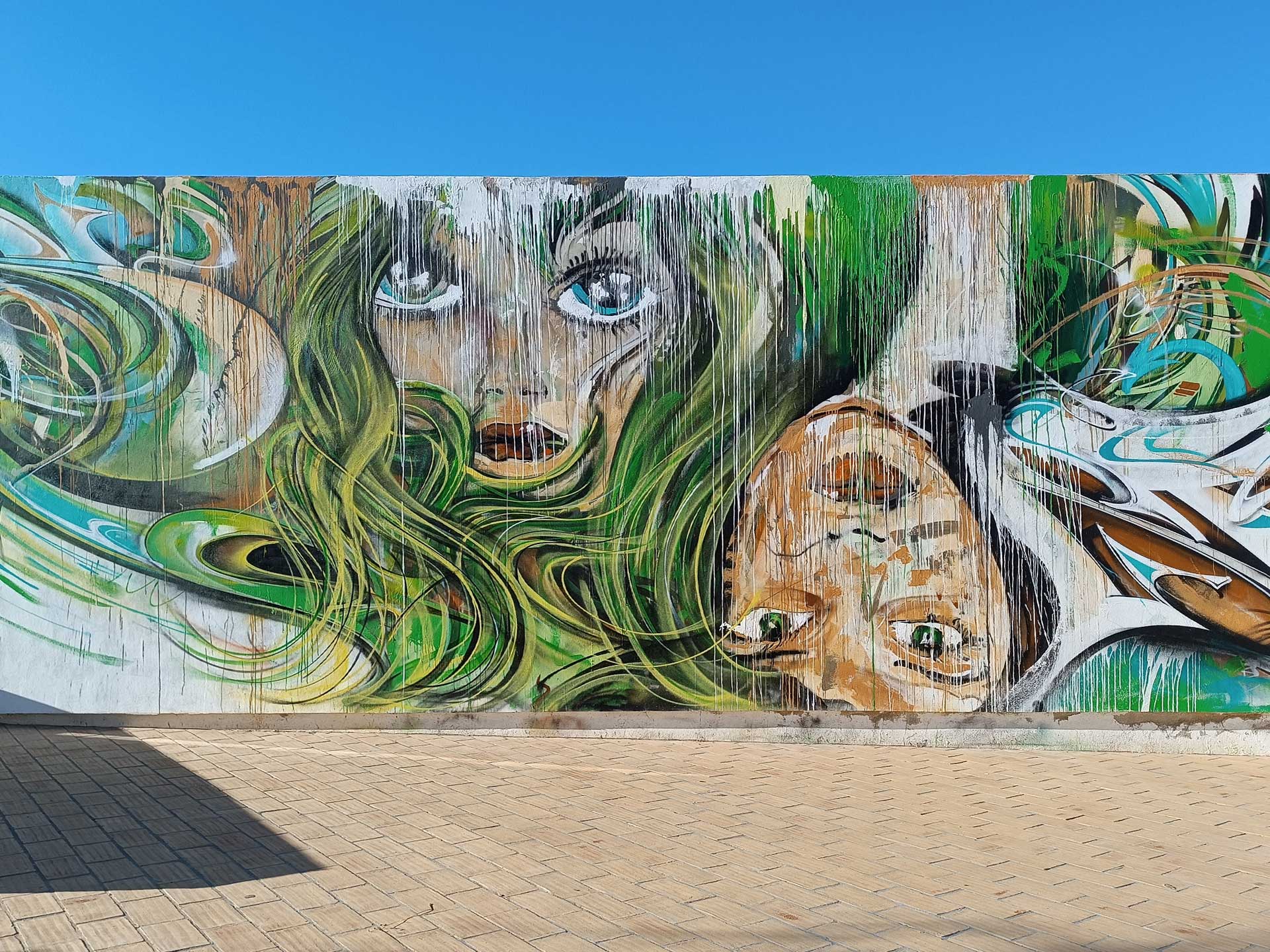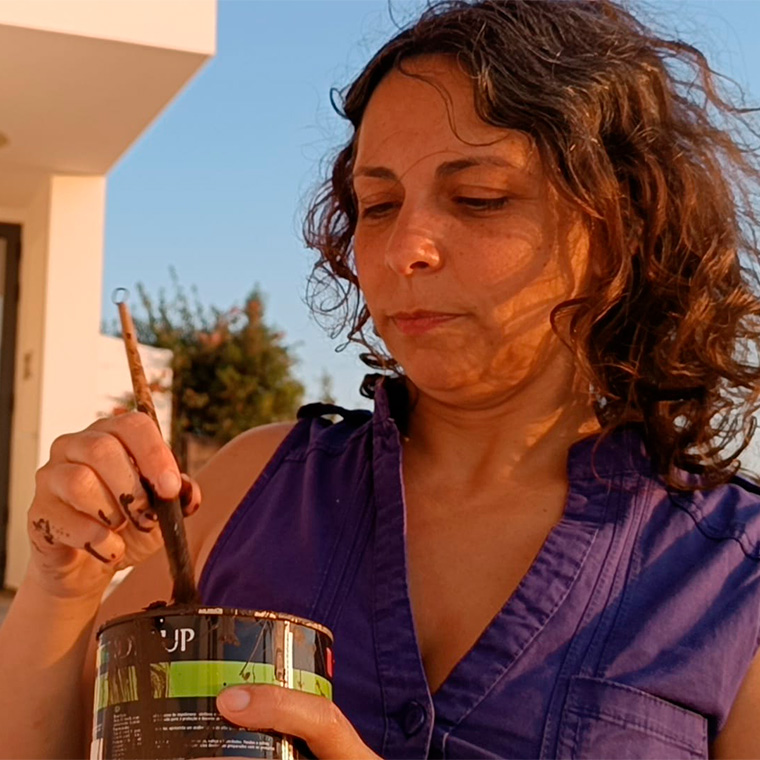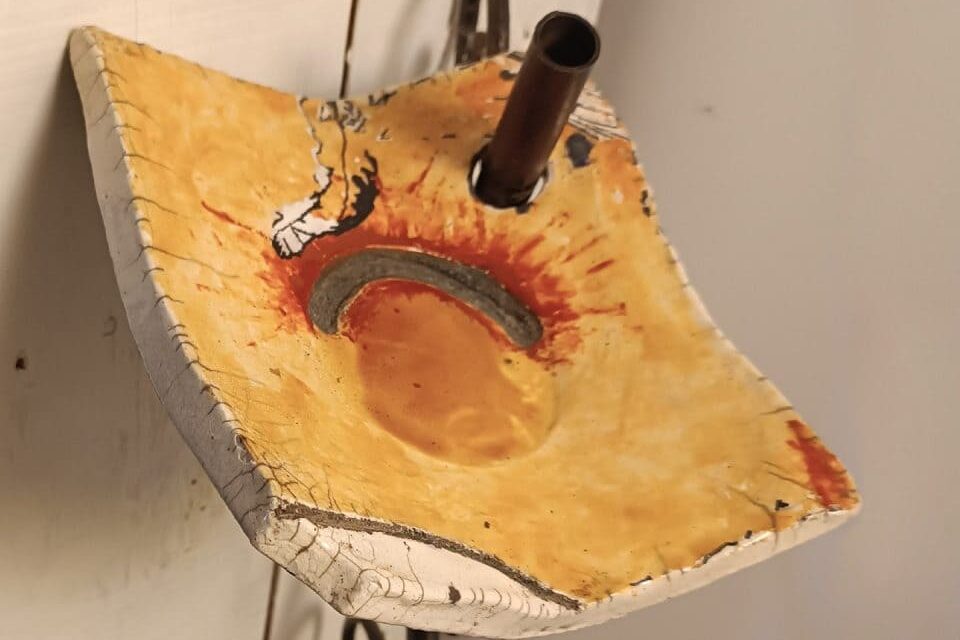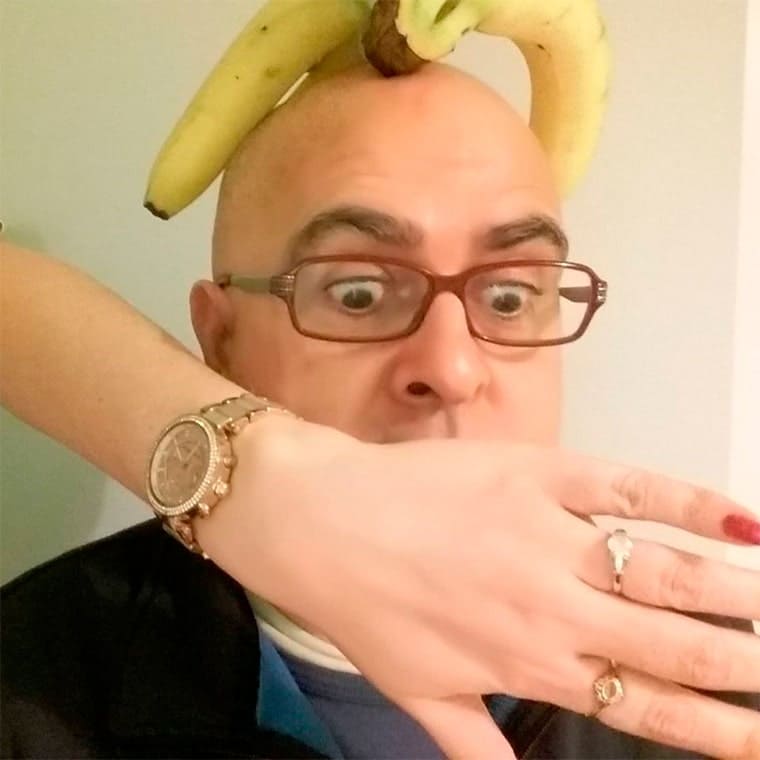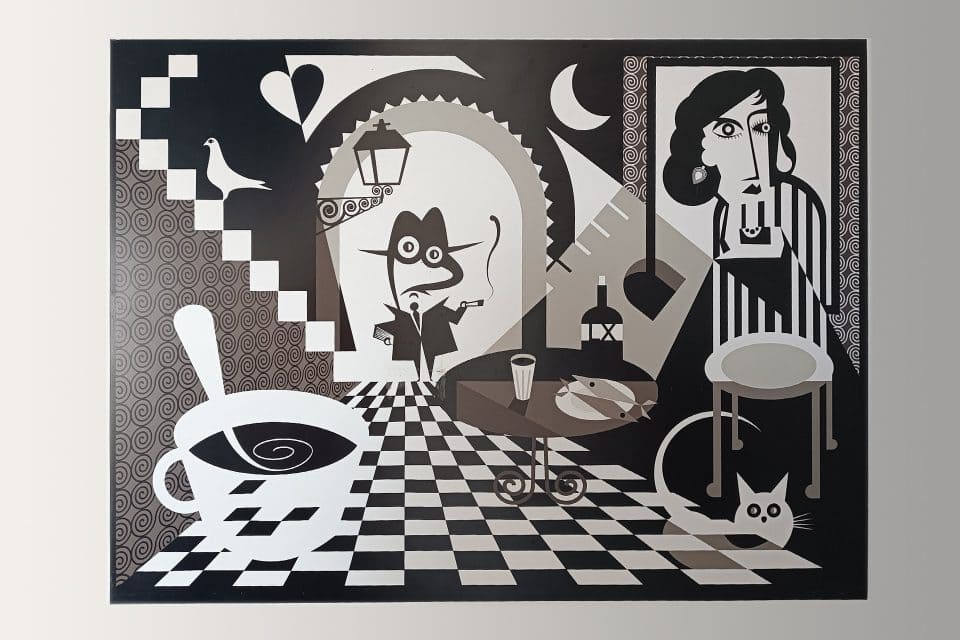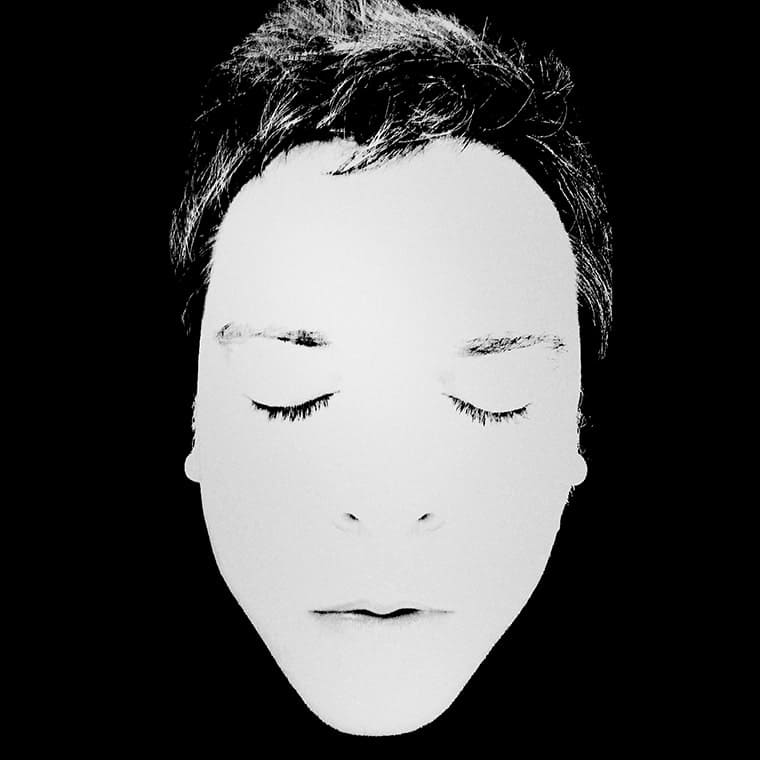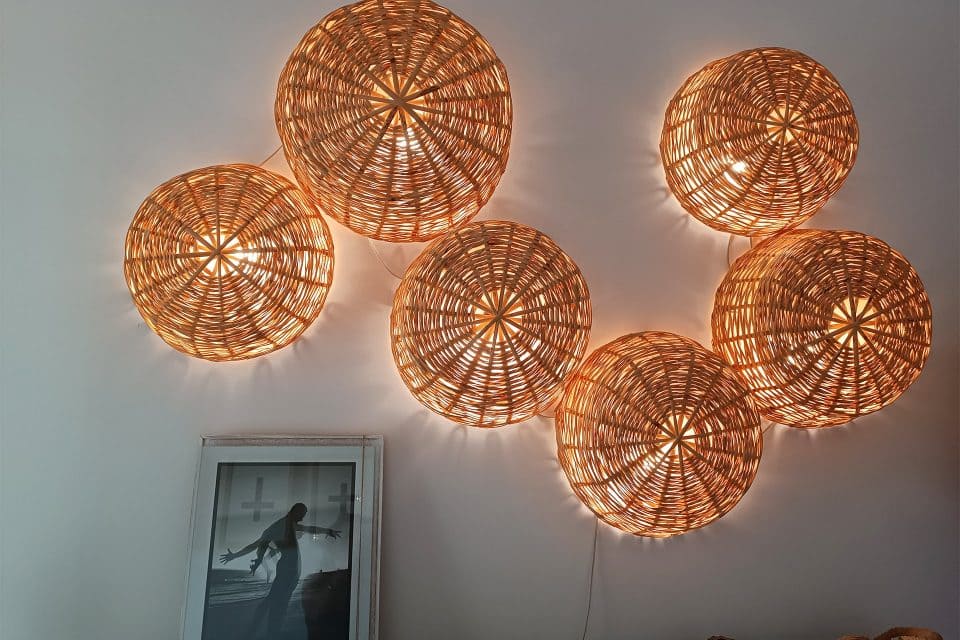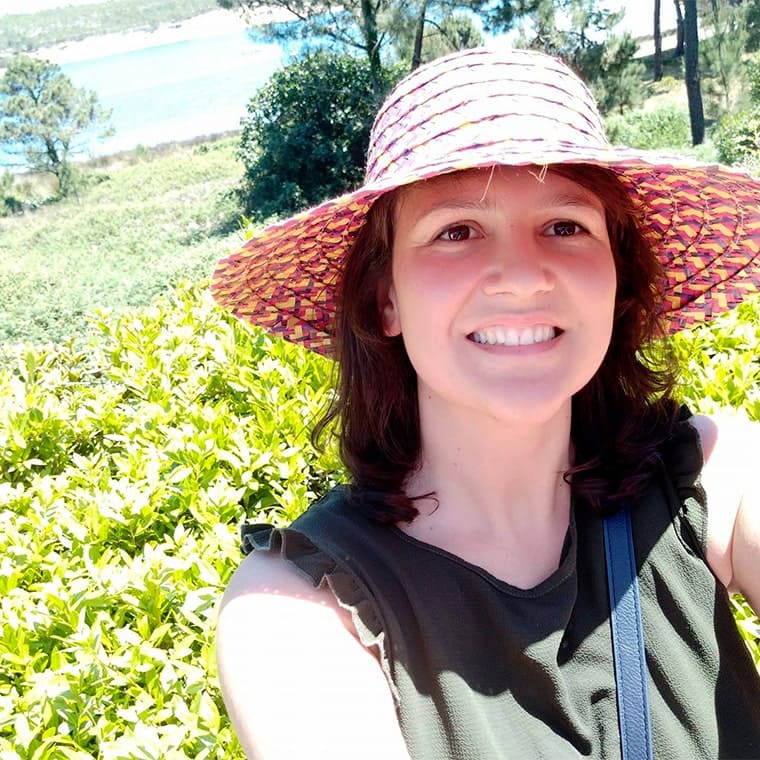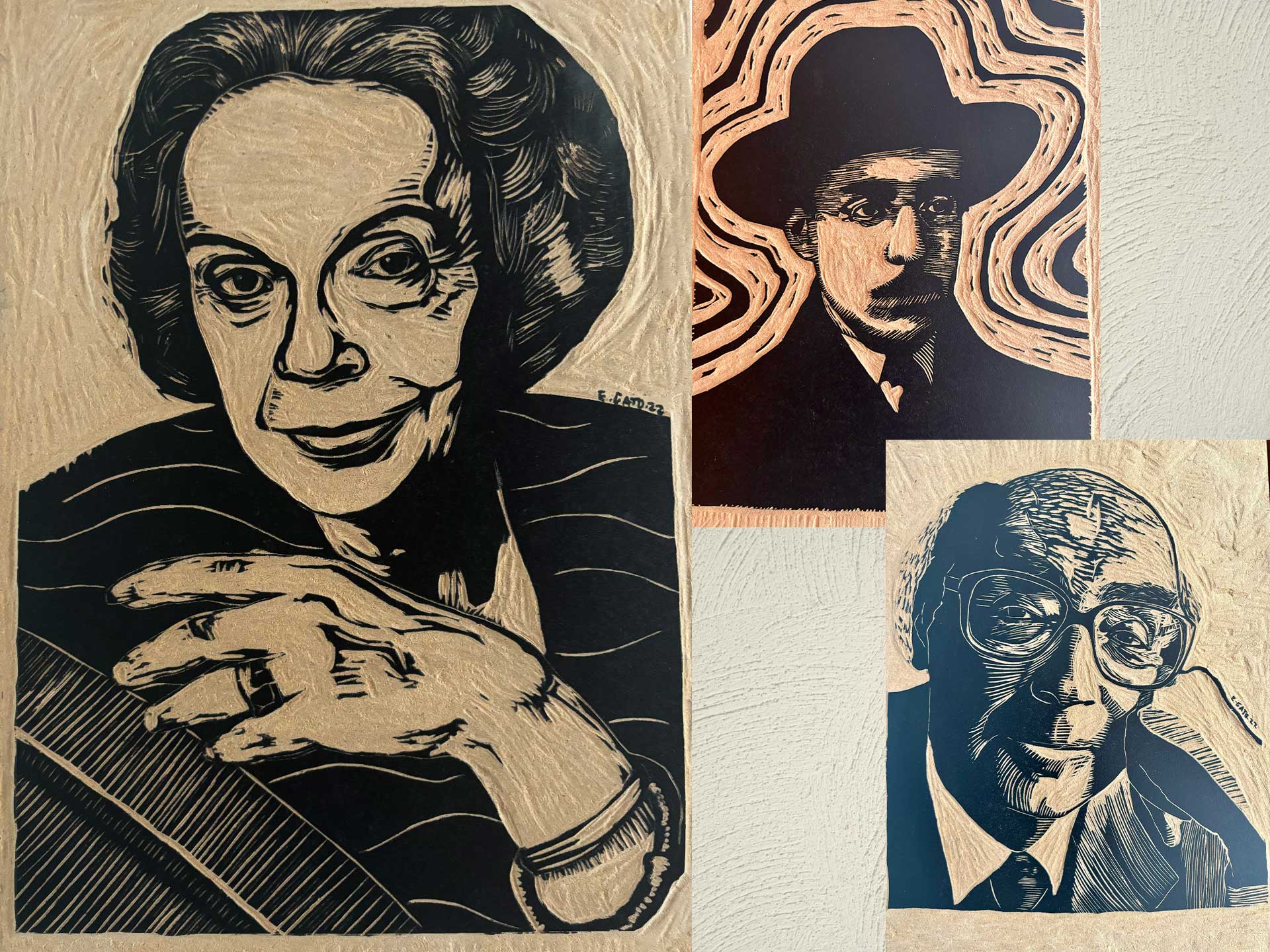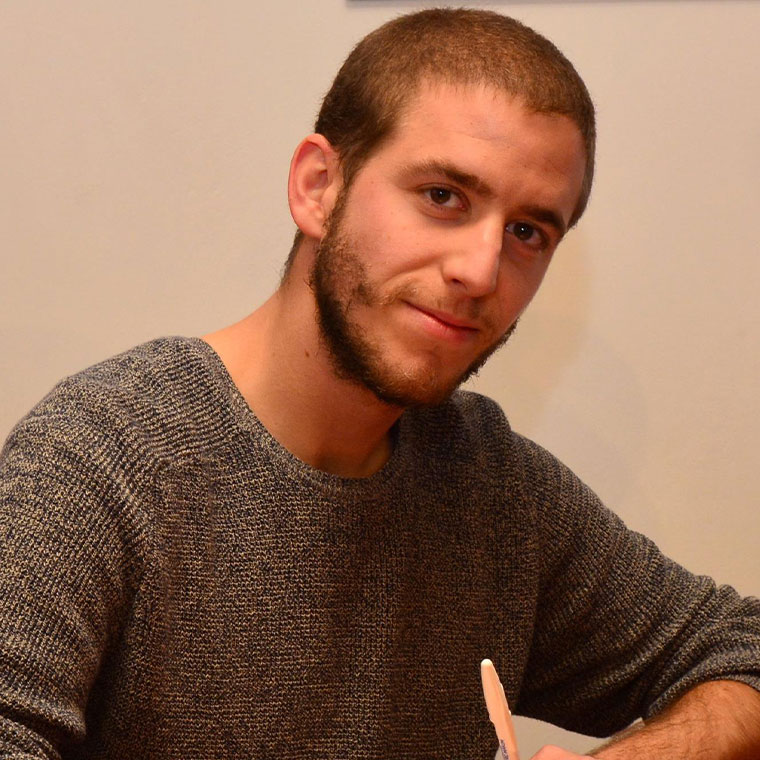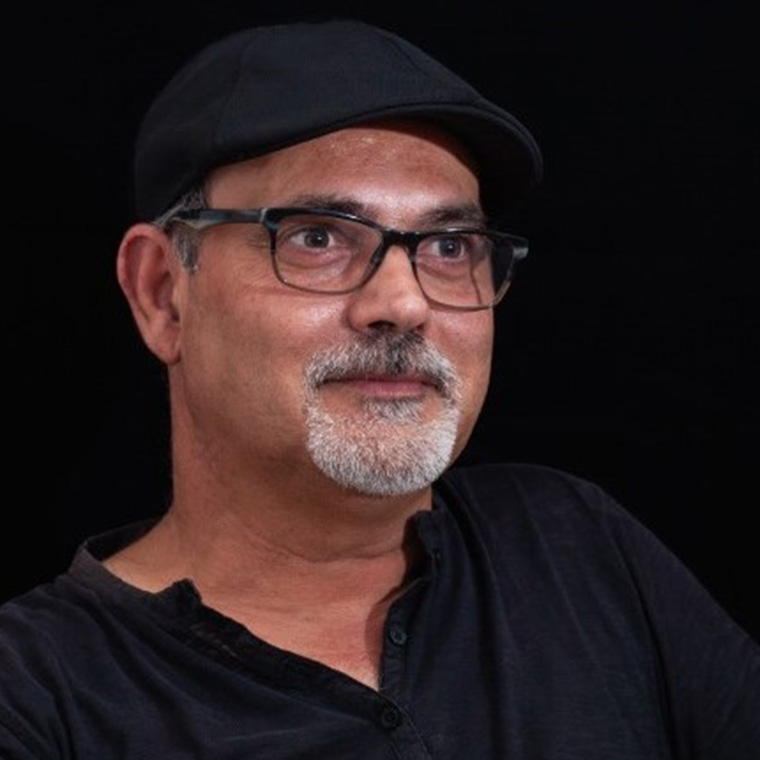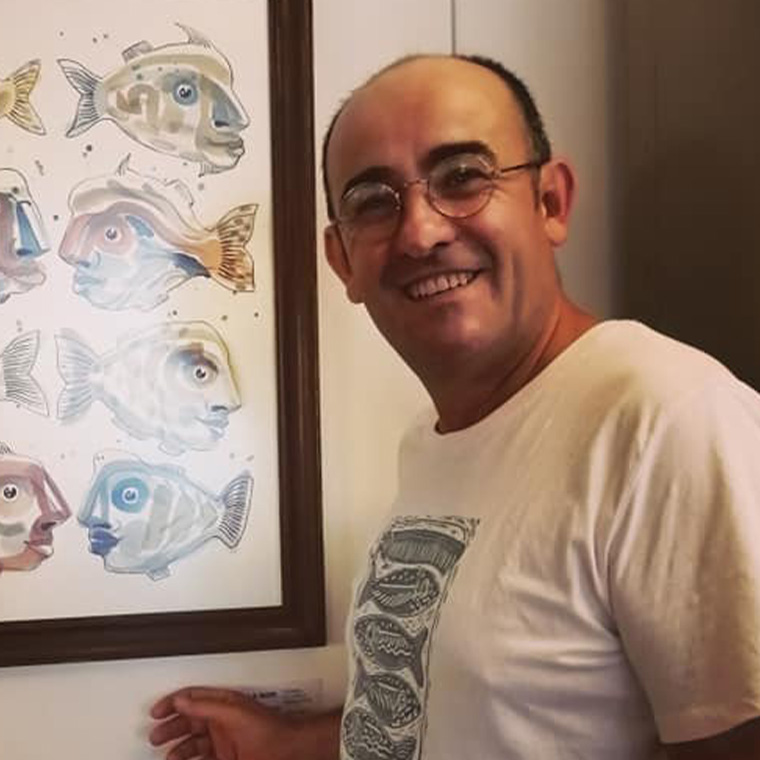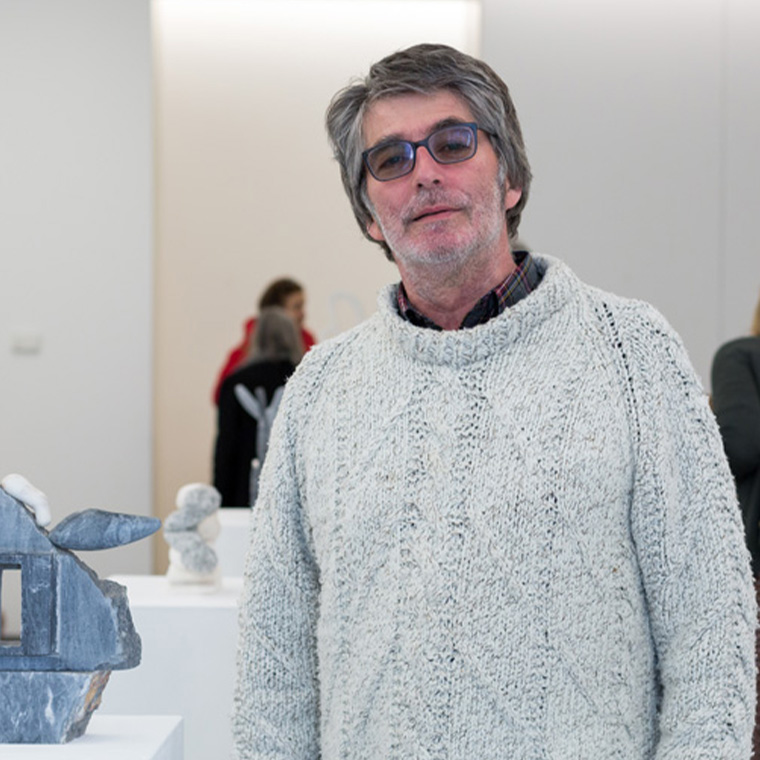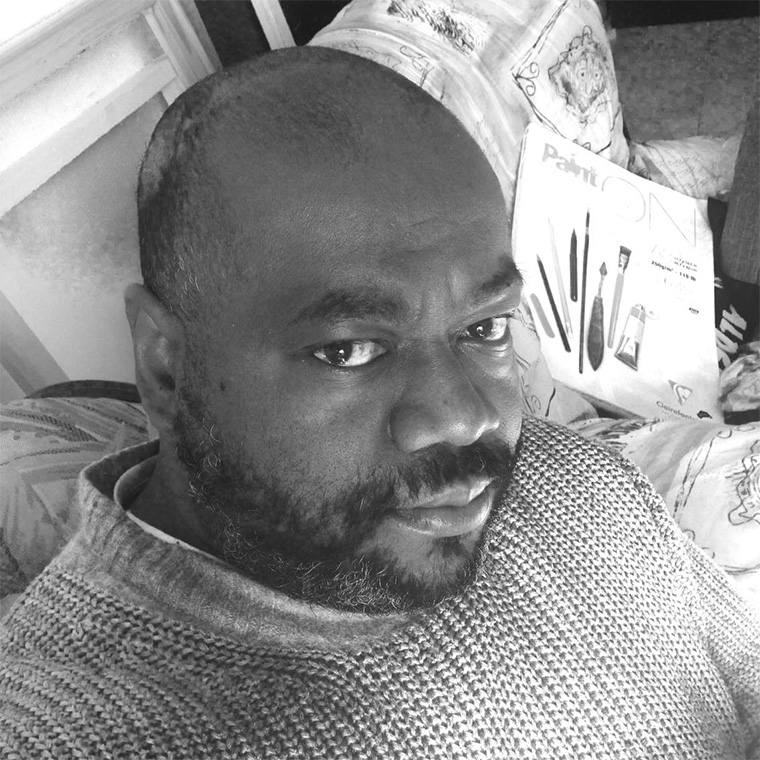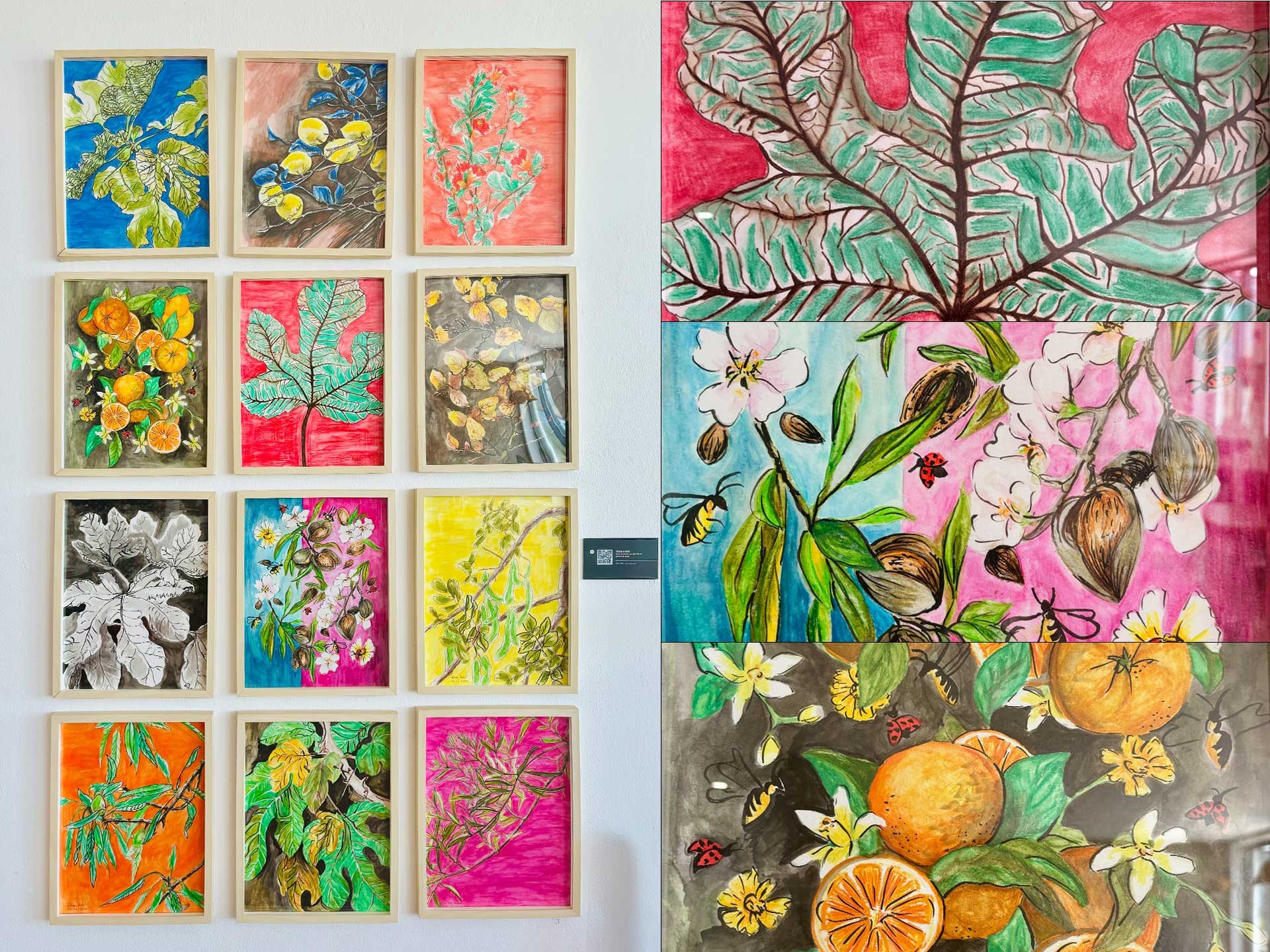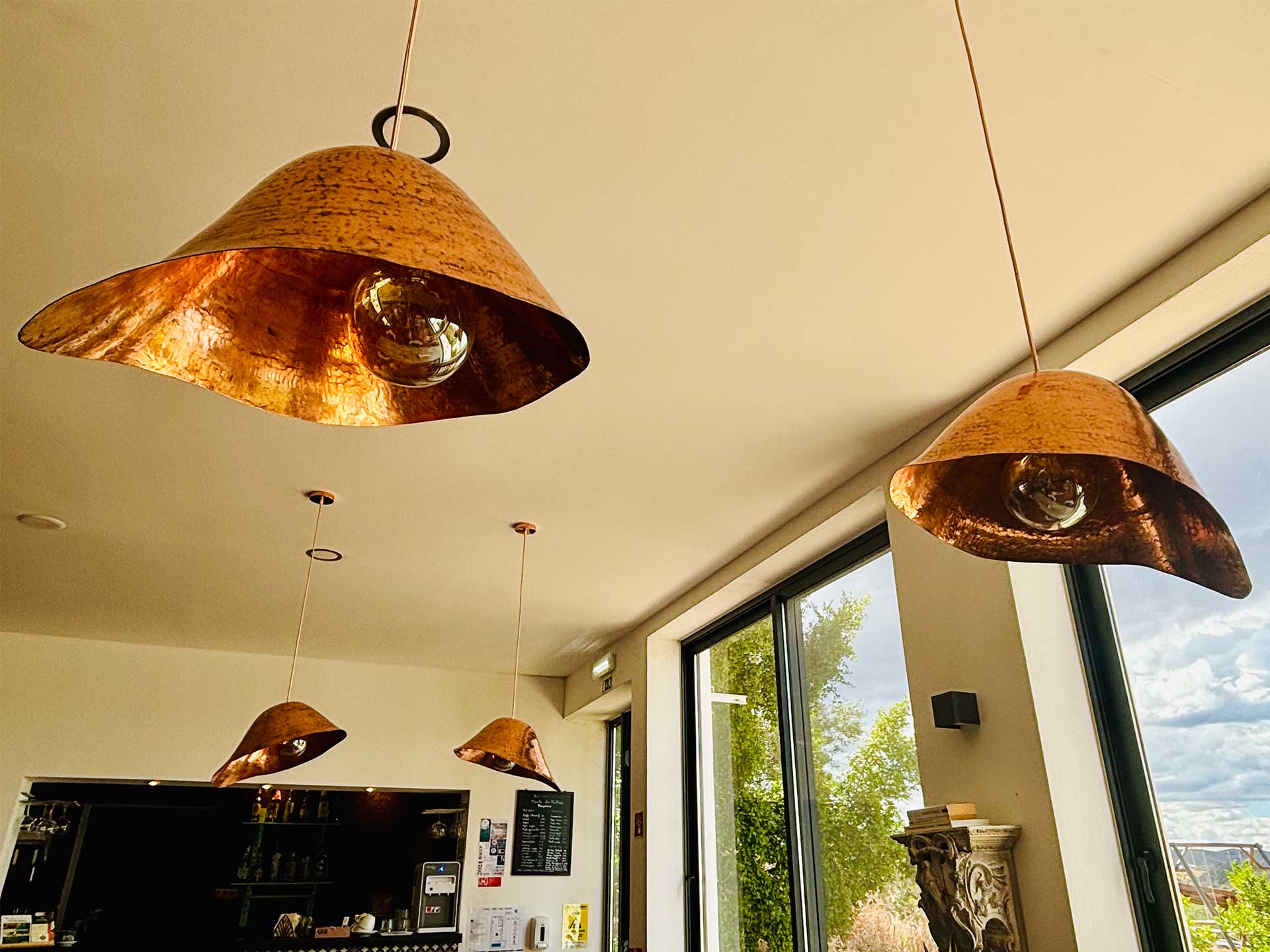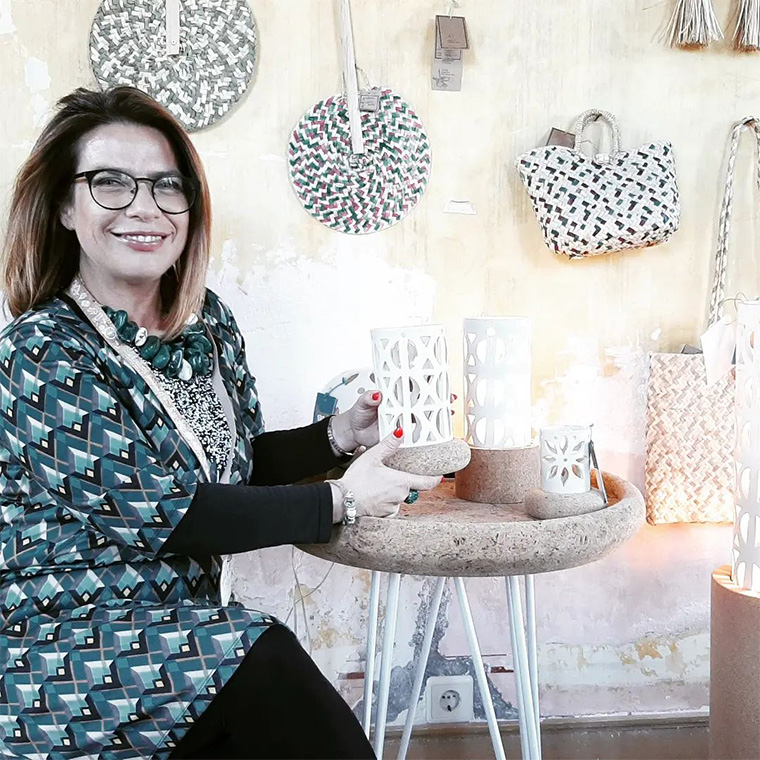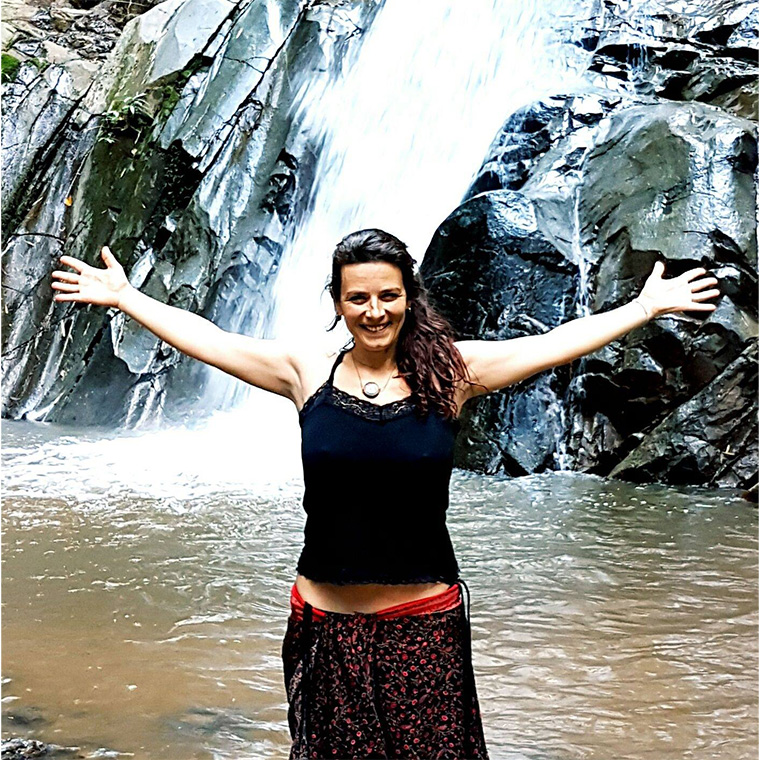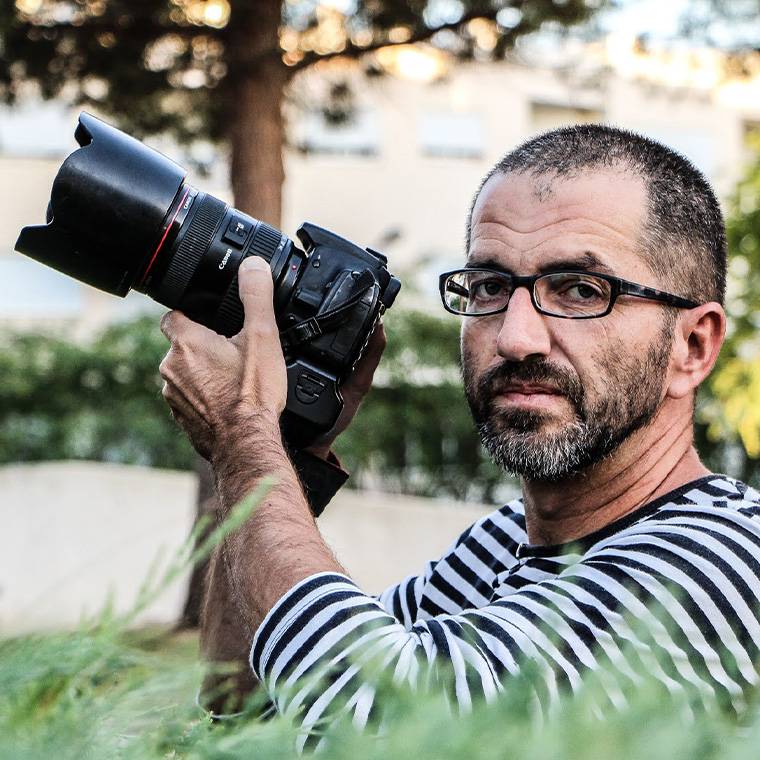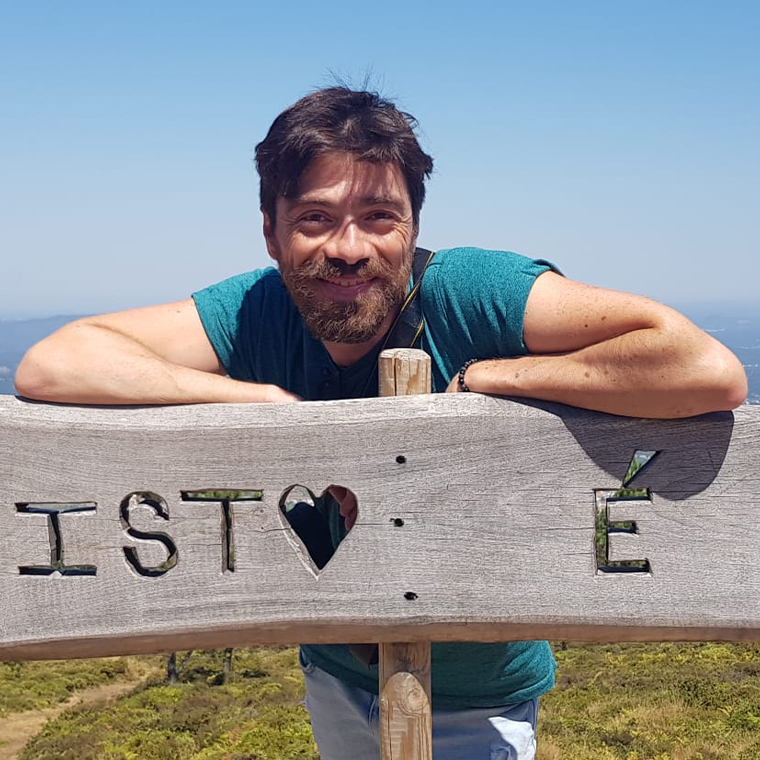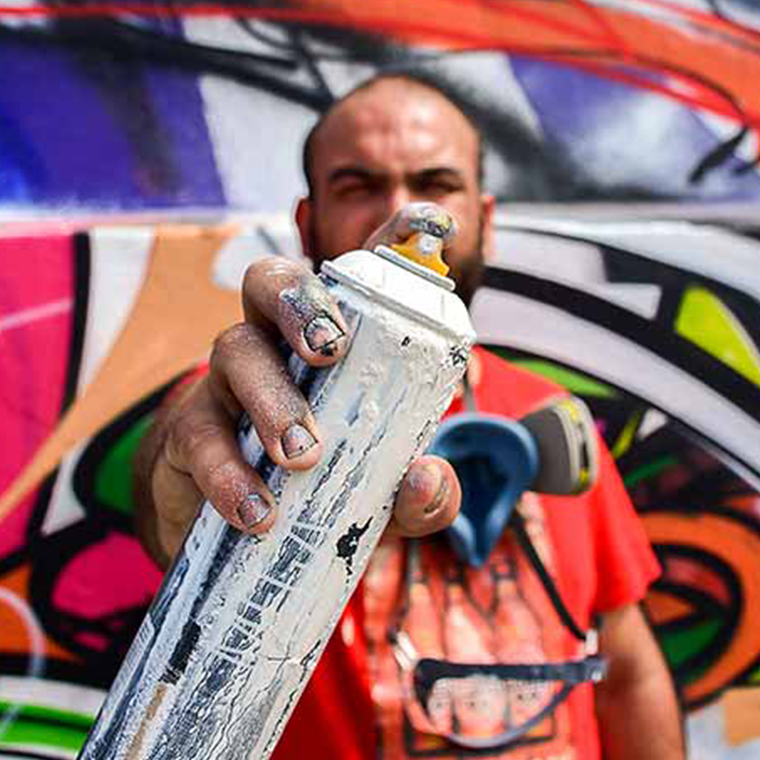RuralizArte
ART IN THE COUNTRYSIDE
The Arts Center
With 17 very different pieces of art, “RuralizArte” features artists from Portugal, Spain, London and Cape Verde. Some of the artists have been with us for a number of years and it was our goal to have their work on display here. There are others whose works have been part of our collection since the beginning. And then there are those artists we’ve gotten to know better recently and didn’t want to miss out on.
Our Arts Centre has received significant funding from the Ministry of Culture’s “Garantir Cultura” program, which we joined in 2022. Over the 9 months that the [entre Janeiro e Setembro de 2022] project has been running, we have created a strong dynamic that is a real showcase of artists, and our aim is to strengthen the “Art” component of our space in order to contribute to a diversified offer for all those who come to visit the area where we are located.
Knowing that tourists don’t come to the Algarve, let alone to low-density areas, to consume art, we also know that the better their vacation experience, the greater the value they place on the region. It was in pursuit of this goal that we decided to apply to the “Garantir Cultura” program and that we enthusiastically developed our “RuralizArte”. In developing the project, we brought together artists from various disciplines, from graffiti, painting, tapestry, digital art, street art, among other wonderful manifestations!

